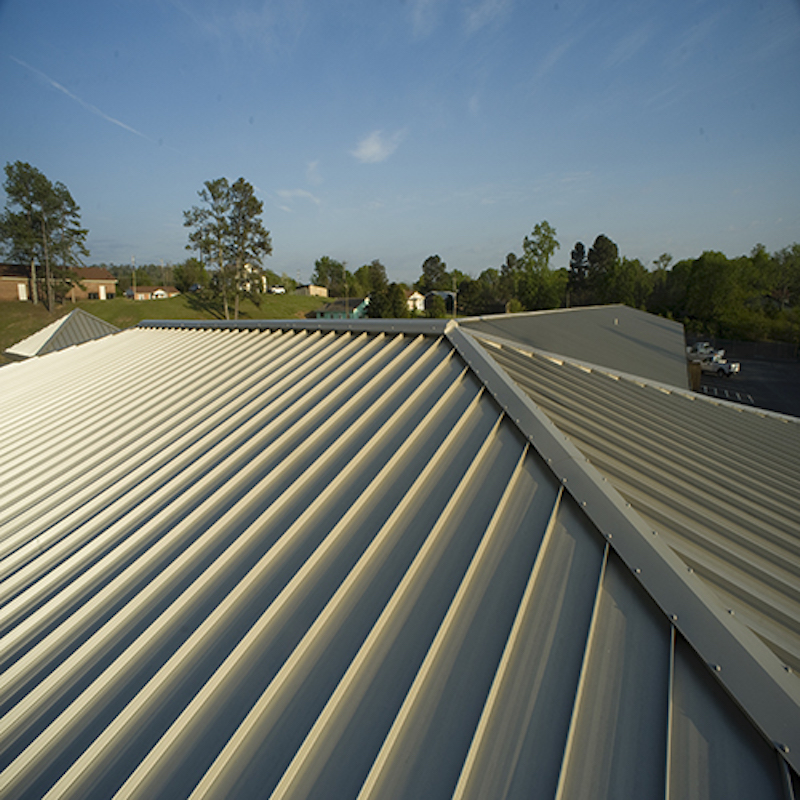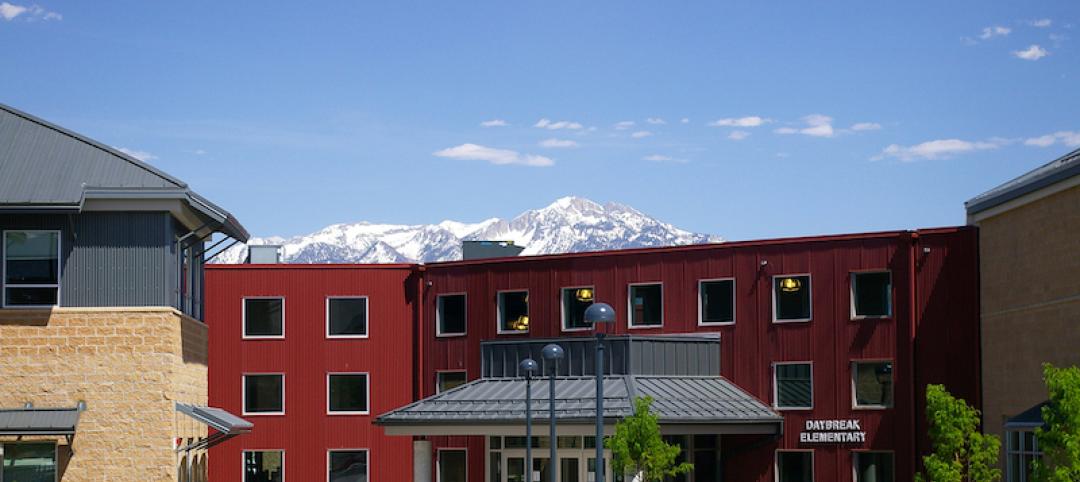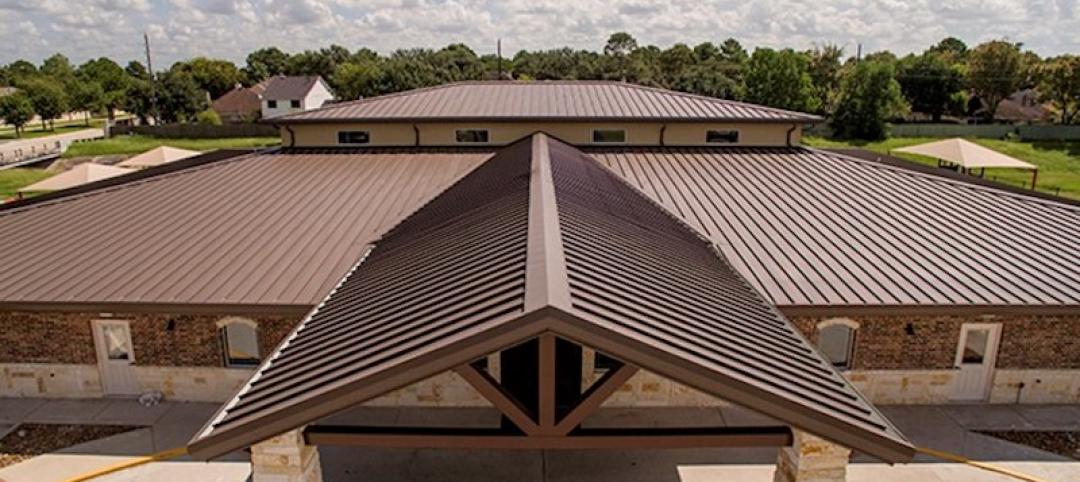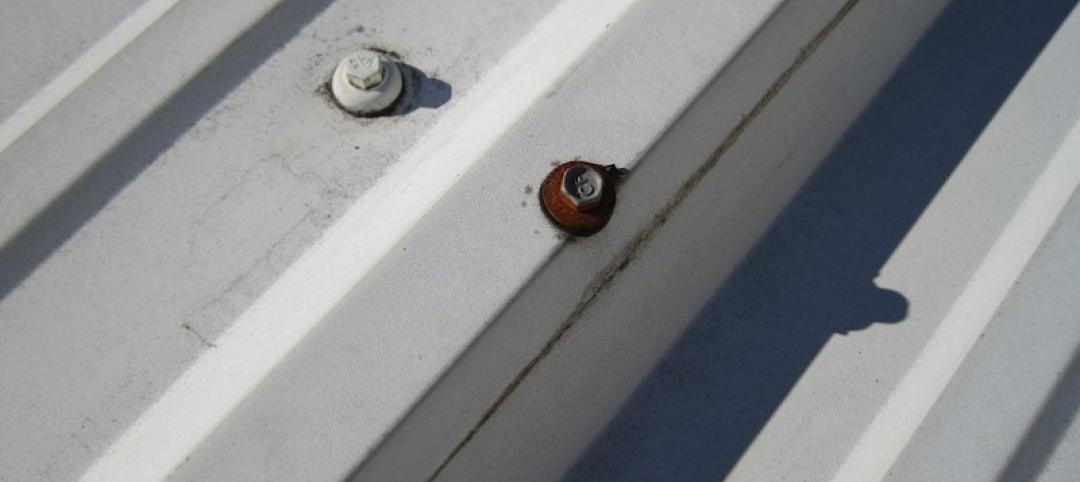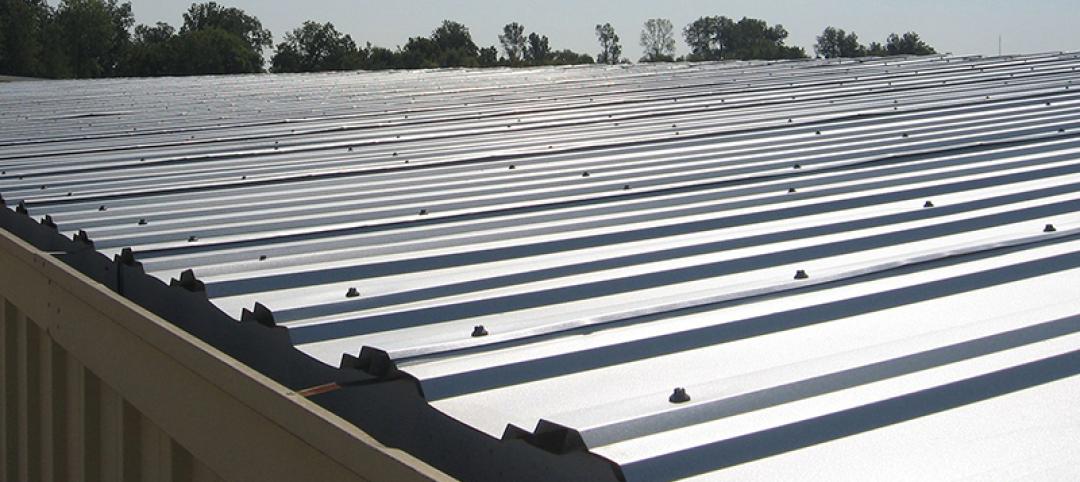Roofs on buildings of all types are prone to damage, wear, deterioration, or leaks. When this happens, it leaves the owner wondering whether to address the problem through repair or replace the entire roof. How to decide? There are a number of key considerations:
What is the existing roof type?
Different roofing materials require different construction methods, and range in suitability for various types of building conditions. Low-slope roofs commonly feature either asphalt/bituminous roofing, polymer-based membranes or metal roofing. Each of these roofing types has its own procedures, materials and costs associated with identifying and repairing a leak. Steeper-sloped roofs may be made from asphalt shingles or metal roofing. These have various life-span expectations (metal lasts much longer, for example) and different ways to identify issues. Understanding the existing roofing type is fundamental in deciding on the best course of action.
Is the roof under warranty?
Regardless of the roofing type, there may be a warranty in effect that requires any inspection and repair work to be performed by someone certified or approved by the roofing manufacturer. Otherwise, undertaking an independent repair may render the warranty null and void. Hence, before anyone does any work on the roof, the manufacturer should be contacted and the applicability (or not) of a warranty verified. At this time, any other options or conditions for a repair can also be undertaken. The advantage of a warranty is that there should be little, if any, cost to the owner to repair the roof as long as the work is done according to the warranty terms. Without a warranty in effect, it’s entirely up to the owner to decide whether to repair or replace the roof.
How old is the roofing?
If the existing roofing was installed by the current owner, the age of the roofing should be easy to determine. But what if this is a pre-owned building? It is often worth determining how old the roofing is and compare that to its anticipated service life. This will play directly into the cost-efficiency of a repair versus a replacement. If the roof is near the end of its service life, then a repair might not make sense if a full replacement is imminent anyway. If the roof is fairly new, then the question of how long a repair may last is important. Will it need to be repeated again before the roof is ready for replacement, and if so, at what cost?
Where is the actual location of the damage?
Is it really the roofing that’s a problem? Could it be something related—such as edge flashing or seals around a roof penetration (i.e. a chimney, pipe, or rooftop equipment connection)? If the damage is in isolated areas, a simple repair or flashing replacement may be all that is needed. If the condition is more widespread, however, then a replacement may be more logical to address the larger area(s) affected.
Is this building in a high-risk area for more damage?
Buildings prone to high winds or other severe weather need a more durable roofing system than areas where the weather is less dramatic. If the building is in a high-risk area, it might be reasonable to avoid relying on repairs and instead go for a full replacement.
Are there other inherent issues?
Sometimes, the roof covering isn’t the root of the problem. For example, Low-slope roofs often experience “ponding,” where water can sit in a slightly depressed or settled section of the roof. This can lead to deterioration and leakage over time which is not the fault of the roofing, but of the structure or insulation beneath it.
Similarly, steeper-sloped roofs may be designed with a geometry or penetrations that prevent proper drainage and cause issues due to water backups. Or, perhaps ice build-up in winter is causing problems with the insulation in the roof system. Identifying the proper issue that is causing the problem will allow for selecting the best solution.
Deciding to repair or replace
Answering the basic questions above will likely reveal which approach—repair or replace—is most appropriate. Small areas of damage in areas in low-risk locations may best be served by simple repairs. If there is a lot of expected roof life remaining or a warranty is in effect, this is especially true. However, missing or damaged components, worn or brittle membranes, or rusting or damaged metal panels may all be indications to replace the roofing entirely. This is even more important if the roof is quite old, out of warranty, or in a high-risk area.
In our next post, we’ll look at how metal roof systems help solve a variety of problems within different budgets. In the meantime, contact your local MBCI representative to learn more about roofing warranties and roofing systems for buildings.
More from Author
MBCI | Dec 16, 2019
Cutting Metal Panels On Site
Cutting metal panels during project installation is a common construction practice. Check out this new blog post for field-cutting techniques, tools and best practices that can help preserve metal roof and wall panel appearance and longevity.
MBCI | Nov 15, 2019
Upgrading your roof with metal panels
We’ll address some ways metal roofing systems are an advantage when upgrading your roof and restoring your building to “like-new”, weathertight condition.
MBCI | Jul 16, 2019
Metal roof seaming best practices
Because of the critical nature of seaming metal roofs, the crew members doing this work should be properly trained.
MBCI | Jun 12, 2019
Understanding LEED for green metal buildings
While some may think that a green building costs more and is more complicated to build, that is not actually the case.
MBCI | May 16, 2019
Metal roof installation
Metal roof installation techniques vary greatly depending on the fastening system selected.
MBCI | Apr 10, 2019
Long-life fasteners: A key component of a properly installed metal roof
The fasteners used to attach a metal roof system are a significant part of the roof performance and, in turn, of the whole building.
MBCI | Mar 25, 2019
Insulated metal panels achieve high-tech design aesthetics
The new facility is expected to increase the number of jobs within the community.
MBCI | Feb 1, 2019
Why choose Retro-R® panels?
If your existing R-panel roof is in need of replacement or repair, Retro-R® panels may be the right retrofit solution.

